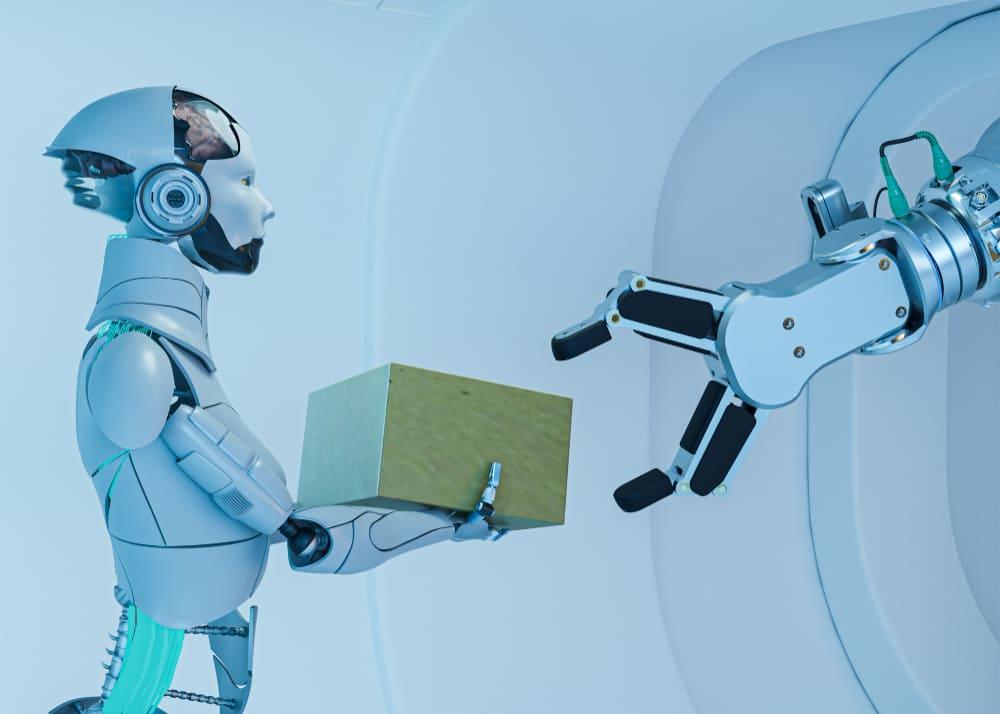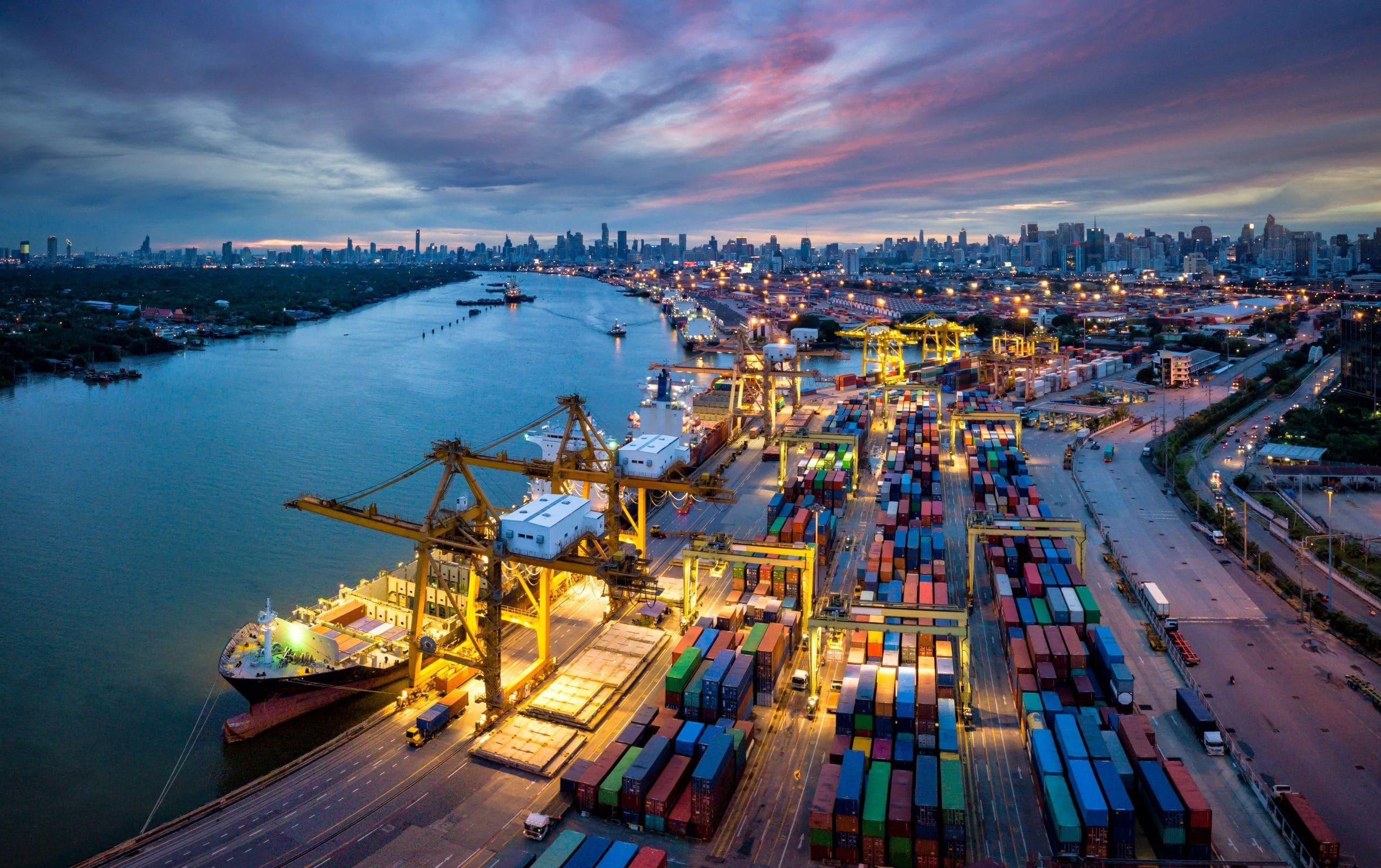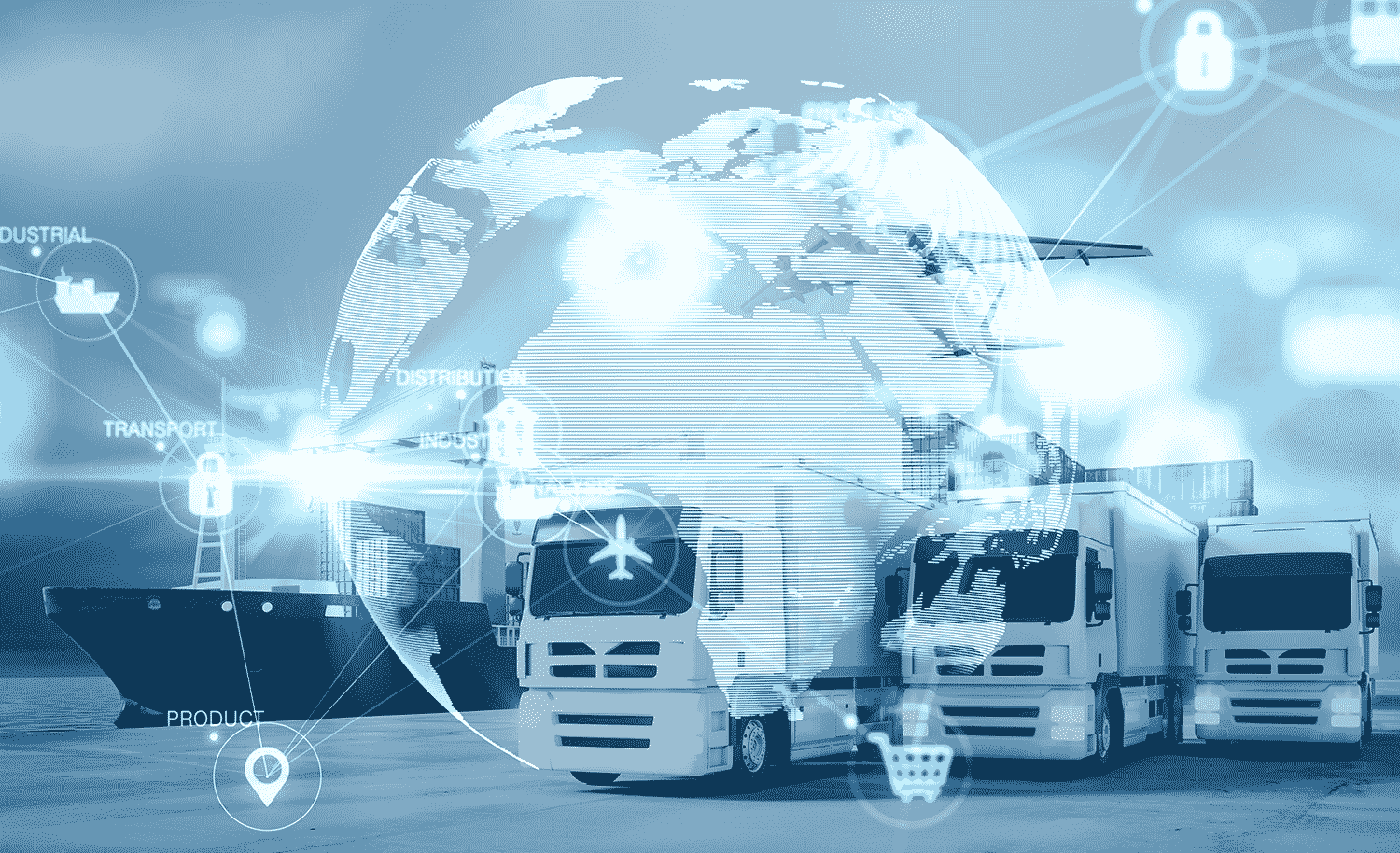The Future of Logistics: AI, Automation, and Sustainable Practices
Navigating the Complexities of Modern Logistics
The global logistics landscape is undergoing unprecedented transformation, driven by an ever-increasing demand for speed, efficiency, and cost-effectiveness. Traditional supply chain models, often characterized by manual processes and siloed operations, are struggling to keep pace with these dynamic requirements. Companies face immense pressure to deliver goods faster, track shipments with greater precision, and manage vast inventories across intricate networks, all while battling rising operational costs and volatile market conditions. This intricate web of challenges necessitates a fundamental rethinking of established practices.
A significant symptom of this evolving problem is the pervasive lack of real-time visibility across the entire supply chain. Without instantaneous data on inventory levels, shipment locations, and potential disruptions, decision-making becomes reactive rather than proactive. This often leads to costly delays, stockouts, and inefficient resource allocation. Furthermore, the reliance on outdated technological infrastructures hampers the ability to integrate diverse data sources, preventing a holistic view that is critical for optimizing complex logistical operations. The current environment demands agility that many legacy systems simply cannot provide.
Beyond operational inefficiencies, the logistics sector is increasingly confronted with stringent environmental regulations and growing consumer expectations for sustainability. The carbon footprint associated with transportation, packaging waste, and energy consumption within warehouses poses a significant challenge to corporate responsibility goals. Businesses are under pressure to adopt greener practices, not only to comply with laws but also to enhance brand reputation and meet the ethical demands of their customer base. Ignoring these environmental imperatives is no longer an option for forward-thinking organizations.
Another critical issue is the persistent challenge of labor shortages and the need for specialized skills within the logistics workforce. Manual handling, long hours, and physically demanding tasks contribute to high turnover rates, while the demand for data analysts, automation specialists, and AI experts outstrips supply. This gap creates bottlenecks in operations and slows down the adoption of new technologies that could otherwise alleviate these pressures. The industry must find innovative ways to attract, train, and retain talent, while simultaneously exploring solutions that augment human capabilities.
Underlying Factors Driving Logistical Challenges
-
Legacy Infrastructure: Many organizations still rely on outdated IT systems and fragmented data platforms, which hinder seamless communication and data flow across the supply chain. This lack of integration prevents a unified view necessary for optimization.
-
Insufficient Investment: A reluctance to invest adequately in advanced technologies, such as AI, robotics, and IoT, leaves companies vulnerable to inefficiencies and competitive disadvantages. Short-term cost-cutting often overshadows long-term strategic gains.
-
Resistance to Change: Organizational inertia and a lack of clear change management strategies often impede the adoption of innovative solutions. Stakeholders may be hesitant to embrace new processes or technologies, slowing progress significantly.
Pioneering Solutions for Future Logistics
AI-Powered Optimization and Predictive Analytics
Artificial intelligence is set to revolutionize logistics by transforming how decisions are made and operations are managed. AI algorithms can process vast amounts of data from various sources, including weather patterns, traffic conditions, historical demand, and supplier performance, to provide highly accurate demand forecasts. This predictive capability allows companies to optimize inventory levels, reduce waste, and ensure products are available precisely when and where they are needed, minimizing both stockouts and overstocking costs. The insights gained from AI lead to more intelligent, data-driven strategies.
Furthermore, AI plays a crucial role in enhancing route optimization and fleet management. By continuously analyzing real-time data, AI systems can dynamically adjust delivery routes to avoid congestion, minimize fuel consumption, and ensure timely arrivals. This not only improves operational efficiency but also significantly reduces the environmental impact of transportation. Predictive maintenance, another AI application, can anticipate equipment failures before they occur, reducing downtime and extending the lifespan of valuable assets, thereby ensuring a smoother flow of goods.
Automation and Robotics Integration
The integration of automation and robotics into logistics operations offers profound benefits, addressing labor shortages and boosting efficiency. Automated guided vehicles (AGVs) and autonomous mobile robots (AMRs) are transforming warehouse management by handling repetitive tasks like picking, packing, and sorting with unparalleled speed and accuracy. These robots can operate 24/7, reducing reliance on manual labor for strenuous tasks and improving overall throughput, making operations more scalable and resilient to workforce fluctuations.
Beyond the warehouse, the deployment of autonomous vehicles and drones for last-mile delivery promises to redefine urban logistics. While regulatory frameworks are still evolving, these technologies have the potential to significantly reduce delivery times, lower operational costs, and mitigate traffic congestion in urban areas. For InfiniteVisionGroup, embracing such advancements means staying at the forefront of innovation, delivering superior service, and creating a more efficient supply chain ecosystem.
Embracing Sustainable Logistics Practices
Sustainability is no longer a niche concern but a core strategic imperative for modern logistics. Implementing green transportation solutions, such as electric vehicles and alternative fuels, dramatically reduces carbon emissions and improves air quality. Optimizing cargo space and consolidating shipments also plays a vital role in minimizing fuel consumption per unit, contributing to a smaller environmental footprint. These initiatives align with global efforts to combat climate change and meet corporate social responsibility objectives.
Beyond transportation, sustainable practices extend to warehouse operations and packaging. Utilizing renewable energy sources for facilities, implementing smart lighting and heating systems, and adopting circular economy principles for materials management are critical steps. This includes designing packaging that is reusable, recyclable, or biodegradable, and minimizing waste throughout the supply chain. By prioritizing sustainability, companies can not only reduce their environmental impact but also achieve long-term cost savings and enhance their brand reputation among environmentally conscious consumers.
Potential Risks and Mitigation Strategies
-
High Initial Investment: Implementing AI, automation, and sustainable infrastructure requires substantial capital outlay, with ROI sometimes taking years to materialize. Recommendation: Phased implementation, pilot projects, and clear financial modeling to demonstrate long-term value.
-
Cybersecurity Vulnerabilities: Increased digitalization and connectivity introduce new risks of data breaches, system hacks, and operational disruptions. Recommendation: Robust cybersecurity protocols, regular audits, employee training, and resilient backup systems.
-
Workforce Displacement: Automation can lead to job displacement for certain roles, creating internal resistance and social challenges. Recommendation: Invest in reskilling and upskilling programs for existing employees, focusing on roles that manage and maintain new technologies, fostering a culture of continuous learning.





Leave Comment